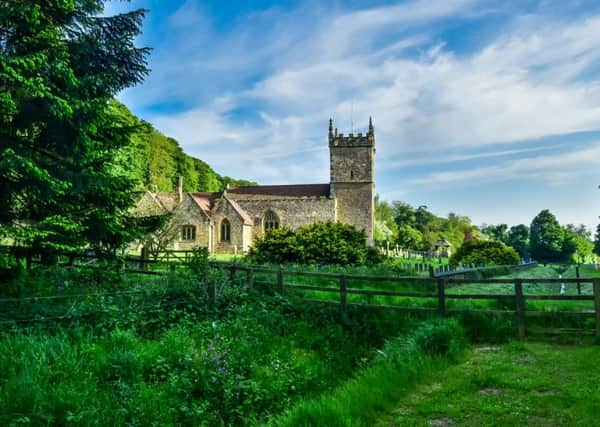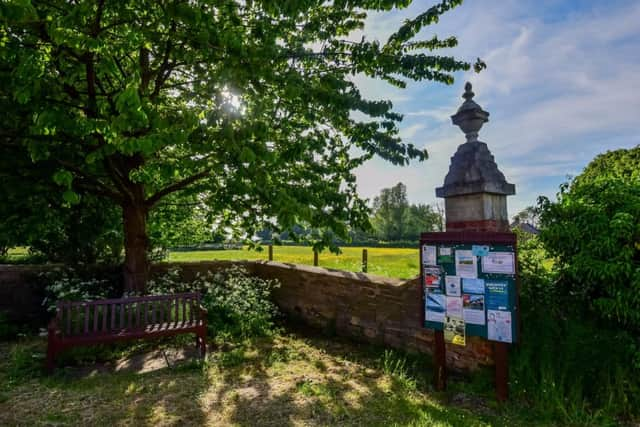Village Focus: An early bath in Brantingham


But the footpath is a relatively recent innovation. Brantingham’s earlier generation of walkers had four legs.
Their destination was not the Triton Inn, which does a nice line in pan-fried breast of guinea fowl, but the village sheep wash, in the beck which runs alongside the road into the village, just beyond All Saints’ Church.
Advertisement
Hide AdAdvertisement
Hide AdAlso known as a washdyke, this deep, brick-lined basin was where the annual pre-shearing ritual took place, in full view of the public.


The villagers restored it a decade ago, and installed railings, lest an over-curious onlooker should fall in.
“It was used regularly until the late 1950s,” said Richard Shillaker, a parish councillor who compiles the village newsletter. “I don’t know of another restored one.”
The sheep wash was activated by villagers using a metal bung to dam the spring-fed stream on the morning of washing day, and letting it fill with water.
Advertisement
Hide AdAdvertisement
Hide AdFlocks were walked down from the surrounding farms and held in temporary pens, before being pushed into the water one at a time and lathered by hand.
The animals were then dunked under water and pushed under a bar for a rinse, before being allowed to walk up an exit ramp and into the village.
Farmers paid per sheep, with those inside the parish entitled to a slightly lower rate.
The facility became redundant when chemical sheep dipping was made mandatory, but in its heyday, it was a village focal point, with local children damming the stream during the summer and using the sheep wash as a swimming pool.
Advertisement
Hide AdAdvertisement
Hide AdThe area around Brantingham, though no longer intensive sheep farming country, is still intensely rural. The village, two miles north of Brough, and 12 west of Hull, was originally part of an estate and is now a conservation area whose limestone houses are a feature.
With no village shop – the local Post Office closed a few years ago – commerce is confined to the Triton, although volunteers turn out on summer Sunday afternoons to sell tea and cakes to the passing walkers – for whom the parish council has installed three new boot scrapers in the shape of shepherd’s crooks.
The heart of the village today is the tranquil green and its adjacent pond, at the corner of which stands one of the signature cream telephone boxes dotted across the East Riding.
The phone itself is no longer needed – the village was among the first in the area to get fast broadband – so this one has been converted by villagers into an information point.